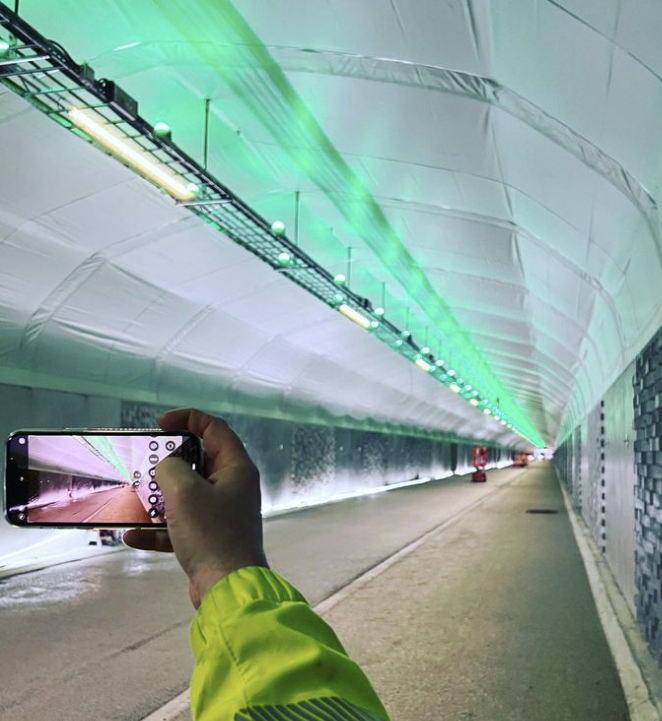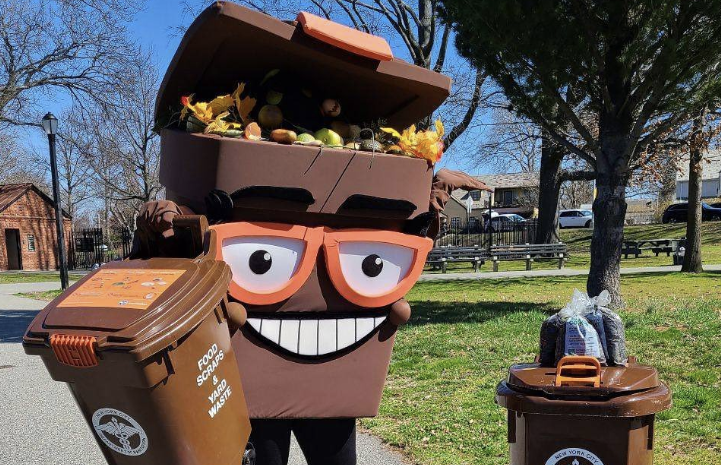Three great stories we found on the internet this week.
Tunnel vision
Norwegians in the coastal city of Bergen have a new, Instagram-worthy car-free commuting option: the world’s longest purpose-built bicycling and pedestrian tunnel. The 1.8-mile path cuts through Løvstakken mountain and can shave 20 minutes off a typical bike commute.
The colorfully lit, art-lined tunnel, called Fyllingsdalstunnelen, was built alongside a new tram line to encourage more fossil-fuel-free trips. Halfway through, a sundial shows the time. Two defined lanes keep bicyclists separate from walkers and runners. (Psychologists had input on the design to ensure the space feels welcoming and safe.)

“We Norwegians are usually modest people, but in this instance we would say that the tunnel is 100 percent state of the art,” the rail company rep told CNN.
Read more at Bicycling and CNN
Hit the gas
After years of false starts, New York City officially launched curbside pickup of organic waste for composting in March. But the city hit another notable reuse milestone when it comes to diverting waste from landfills: On March 31, the first gas processed from New Yorkers’ decaying food scraps was fed into the grid — enough renewable energy for about 2,500 homes.

Ideally, citywide composting will one day yield useful fertilizer for farms. Meanwhile, rotting food emits gas that can be captured for energy. The goal for the Brooklyn plant where the gas flowed to the grid is to eventually provide enough gas for heat, hot water and stoves in 5,200 homes. According to officials, The New York Times reports, “this would reduce annual carbon dioxide emissions from burning fossil fuels by more than 90,000 metric tons, the equivalent of removing nearly 19,000 cars from the road.”
Read more at The New York Times
Young at heart
Drones may capture awe-inspiring footage of city skylines, but new planning tool VR95 gives urban design professionals a different kind of street-level view: how a city looks if you’re about three feet tall. The virtual reality experience displays traffic, sidewalks and public space at that height — the size of an average three-year-old — to encourage decision-makers to consider kids when planning.
Crushed by negative news?
Sign up for the Reasons to be Cheerful newsletter.Design company Arup produced an accompanying guide to child-friendly design. Working with organizations around the world, they tested interventions like raised crosswalks and multisensory play equipment.
The team behind VR95 believes the fresh perspective will benefit everyone. “A built environment that supports a nurturing relationship with caregivers, families and neighbors has a huge impact on their well-being,” says one of the tool’s developers.







